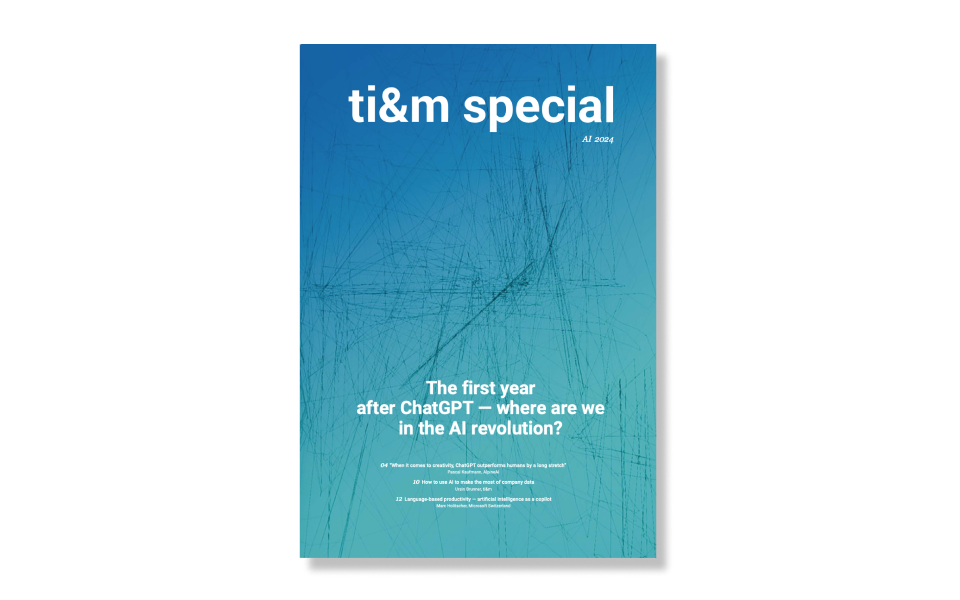Cloud technology has developed rapidly and is helping companies of all sizes to become more agile, scalable and cost-efficient. Hyperscalers such as Microsoft Azure, Amazon Web Services (AWS) and Google Cloud Platform (GCP) have all opened data centers in Switzerland in recent years, making their attractive services available to regulated industries in which legal compliance is of vital importance.
The two crucial questions
From automating operational processes, to providing and customizing a high-quality customer experience, to rapidly introducing new products and services — the reasons for cloud migration are many and varied. But before you start planning the migration, you should ask yourself why you actually want to move to the cloud and what specific benefi ts you expect to gain. Your answers will often be determined by your company’s cloud strategy and your specific business requirements and objectives. The second big question is which hyperscaler to choose, because this decision is difficult to reverse. Microsoft, Amazon and Google offer very similar solutions, but they differ in terms of individual specializations and service maturity. The locations of the data centers, compliance with regulatory requirements, and the existing expertise of your employees or important partnerships are also key factors.
Migration is about more than just technology
At first glance, migration may seem like a purely technical challenge. But in reality, it’s a complex task that involves both technical and organizational aspects, such as people, teams and processes. Your teams and your organization need to be ready for cloud migration. This means that you need to provide training to ensure your teams have the skills and knowledge to use the cloud effectively. And it also means you need to foster a culture of collaboration, openness to new technology, and ongoing learning. Last but not least, you’ll need to adapt your procurement, operating and support processes to the requirements of the cloud.
The three migration approaches
The best approach depends on your specific requirements and objectives. Depending on the application, a combination of different approaches is often the key to success, as each has different requirements and prerequisites.
Tactical (lift and shift)
Strategic (move and improve)
Transformational
Planning and executing the migration using a migration factory
A migration factory is an approach that helps companies to scale and accelerate their cloud migration projects. It’s a structured, repeatable process that aims to migrate large volumes of systems and applications to the cloud at high speed and high quality, and with minimal impact on your business. This approach uses proven methods and tools to ensure that migration projects are carried out efficiently and successfully. In addition to the actual methodology, central components of every migration factory include automation tools and internal or external teams of experts with experience in the various aspects of cloud migration (e.g., databases, applications, networks, on-premises environments). The migration factory follows a structured and phased action plan for each application in order to carry out the cloud migration systematically and efficiently. Each phase has specific objectives and activities to ensure that all aspects of the migration are carefully planned and executed. A typical migration factory process consists of the following phases:
01 Evaluation phase
02 Planning phase
03 Design and architecture phase
04 Migration phase
05 Optimization phase
06 Support and operation phase
Cloud technology has the potential to revolutionize the way companies do business. With the right strategy, the right resources and a dedicated team, you can maximize the benefits of the cloud and achieve your business goals. It’s important that companies are proactive, continuously adapting, and utilizing the latest best practices and technologies to get the most out of their cloud initiative.





